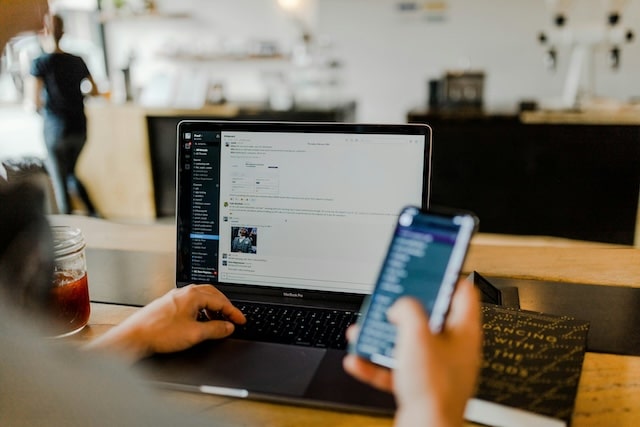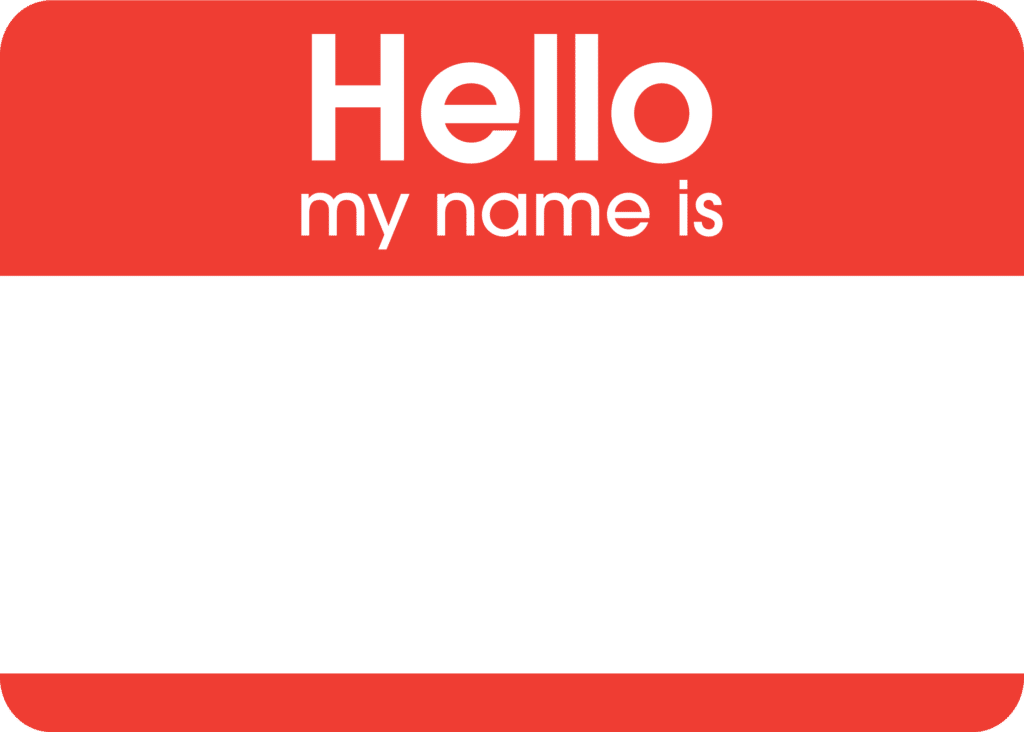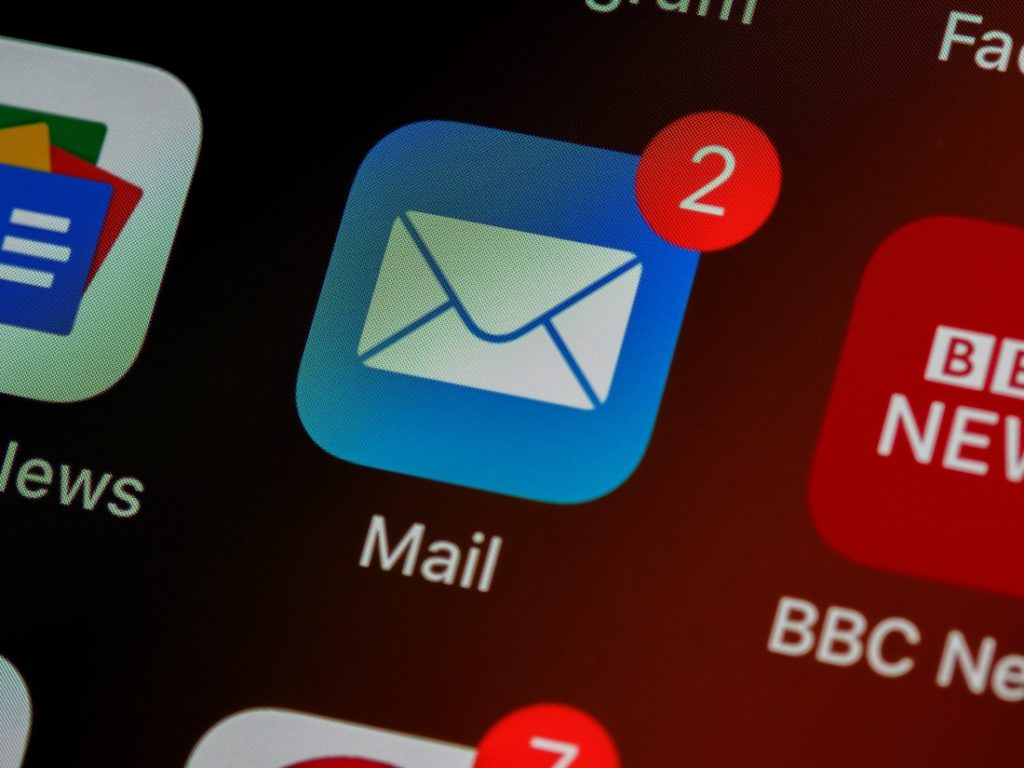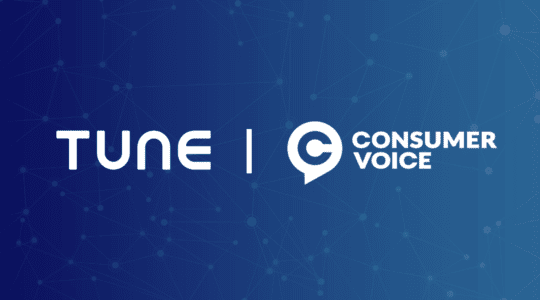
As we continue our recruitment series here at TUNE, the Partnerships team is back to share our insights and expertise with advertisers who may be experiencing challenges with receiving timely responses or interest from publishers they have reached out to for their new affiliate programs. As I stated in last month’s post on boosting recruitment programs, advertisers should understand adding partners to their programs requires a combination of automation and human interaction, regardless of platform and popularity.
At TUNE, we like to think of ourselves as “partnership matchmakers,” where advertisers assume the role of being the fresh new face on the dating scene. They are eager to test the waters in an open marketplace and welcome the chance to mix and mingle with potential publishers also searching for a committed, long-term partnership.
SaaS-based affiliate networks are like dating apps where advertisers and publishers are curious singles who join the service in the hopes of meeting people interested in pursuing a relationship. Each party registers for an account, creates a profile, adds a picture, and types in a few basic details about themselves. While waiting to be discovered by others, they cruise around the app to check out profiles of other users. Eventually, the direct message notifications start to chime, and now the real fun begins.
Maybe a few calls and texts are exchanged offline, while other conversations turn out to be a complete waste of time. Because each dating app has specific types of users and features, some people have registered accounts on multiple apps. There is also a group of users who only open the apps on rare occasions, never check or send messages, or simply never log in at all. They also say they are unhappy because the apps have not worked for them.
This group did not realize part of the relationship-building process required them to actively engage with other people on the app. Simply having a profile, or having one with very few details, was not the best way for people to discover them. Being absent or silent certainly was not going to generate any interest, either. To these users, the app simply did not work as expected. Doesn’t that sound familiar?
We asked some of our most responsive publishers for tips and advice to share with advertisers who are not seeing much success with responses. Based on that feedback, along with our internal team conversations, I have put together three simple steps advertisers should take once an introduction has been made to a publisher in TUNE Connect. Let’s review them below.
Step 1: Tell Them Your Name
Like dating, first impressions are everything. How we introduce ourselves plays a major part in how we are perceived by others and drawing their attention to us. Our names are the most obvious tools used to initiate contact with others and make them aware of our interest in getting to know them. The same is true with partner introductions, where a recognizable name can open more doors than a lofty job title. It also comes in quite handy when you have changed company roles or started a new business venture.
Why is this important? Because people want to know who is on the other end of the line.

This may sound extremely basic, but an email to a potential partner should always include the decision-maker’s professional business name. Aliases and nicknames can often be viewed as spam, or a potential risk for viruses or malware. Suspicious emails are usually blocked or deleted instantly by fraud detection filters, so remember: If there is something funny or suspicious about the name of the person sending the email, do not be surprised if no one is responding.
With TUNE Connect, automated introduction emails to publishers are sent to the most up-to-date contact on file for both advertisers and publishers. Once an introduction has been initiated, one or both of the parties should follow up with a direct response, even if only to acknowledge receipt of the email. Neither side should assume the person on the other end is familiar with them or their company.
Seasoned publishers will search for more information in a professional directory or online resource before responding, so it is a good idea to use names that make it easier for partners to find out who the person is that wants to work with them.
Step 2: Perfect Your Pitch
Imagine attending a speed dating event that allows you to meet lots of new potential partners, but you’re limited to a very short period of time to break the ice. How many distinct, informative, and quick details can you share about yourself in the hopes of gaining interest and a second invitation to speak again?

Partner introductions provide an opportunity for advertisers to pitch their programs. It is not necessary to share full company details, but the emails most likely to receive a response from publishers are those that clearly communicate the offer name, product description, payout, converting action, and acceptable traffic sources.
Advertisers should avoid using general terms such as “top payouts,” “high-converting offers,” or “custom pages.” This type of open-ended language can make it difficult for publishers to evaluate audience interest or fit, especially with unfamiliar brands. A top-tier publisher will simply skip over these emails without a response if they are already inundated with other well-thought-out introductions. Once again, this part of the recruitment process does not change, regardless of the affiliate platform.
Just like advertisers, publishers are in business to generate revenue. There is a cost to creating content, adding new media channels, and building audiences to increase traffic. They are also interested in working with products and offers in alignment with their audience and business aesthetics. Advertisers who can show them the mutual benefits of working together usually receive a response almost immediately.
Step 3: Follow Up, then Follow Up Some More
This last point should be automatic for everyone. If you do not receive a response within the first 72 hours (about 3 days), send a follow-up email. It is also helpful to make a note, create a cadence, or schedule a task to follow up more than once.

If you receive a response, but the answer is not favorable, ask for feedback to understand why the relationship is not possible. Perhaps the timing is not right now, or maybe the offer does not fit that publisher’s audience. Even negative feedback can be used to make changes or improvements to future partner outreach and follow-up communication.
Allow some space in between attempts. Consider making three attempts spread out over a period of 15–21 days (about 3 weeks). If you still have not received a response after sending the final email, it may be best to move on to another publisher for the time being. You can always try again in the future.
At TUNE, we love a happy conclusion. We cannot always promise a match will be made, but we can invite more partners to the dance.
Bringing It All Together
Even with all of the latest developments in affiliate marketing technology, partner recruitment remains a big challenge for advertisers, regardless of the networks or partner management platforms they use. TUNE is committed to helping our partners ramp up their recruitment efforts and will be providing additional recruitment support to our customers. We will also continue to share our partnership blog series on our website and social channels.
Questions about recruitment or program best practices? Drop me a line at [email protected].
Author
Tie Davidson is a seasoned veteran in the Affiliate Marketing space. As the Partnerships Manager at TUNE, he is committed to sharing his industry knowledge and expertise with brands, agencies, and media partners, while providing education and support for their program recruitment efforts. Tie currently resides in NYC, and spends his spare time as a local food influencer and life coach.



![MobileBest: Why Mobile-First Is Not Enough [Forrester Report]](https://www.tune.com/wp-content/uploads/2014/05/10271381_567497496692301_6627834864492579971_o-540x300.jpg)